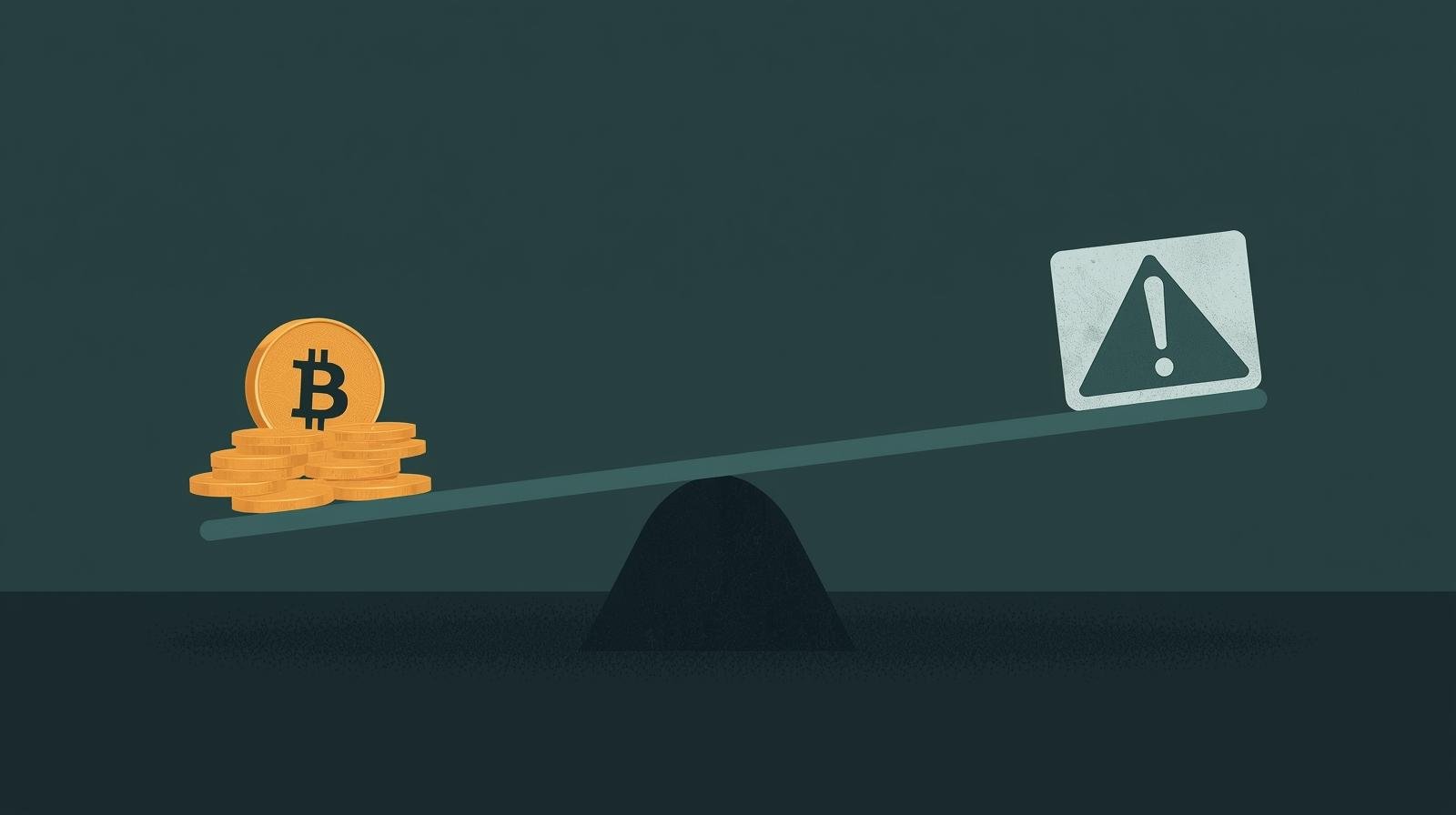When Leverage Turns Deadly: Inside the $19B Crypto Meltdown
“With great power comes great responsibility.” In the world of markets, that power is leverage — and responsibility is what often gets forgotten right before disaster.
Last weekend, the crypto world was reminded just how brutal leverage can be. In less than twenty-four hours, over $19 billion worth of leveraged positions were wiped out. Bitcoin’s open interest collapsed, Ethereum followed, and thousands of traders found their accounts reduced to dust. What started as another high-volatility session ended as the largest liquidation wave in crypto’s history — a perfect storm of overconfidence and borrowed money.
So what actually happened? And more importantly, what does “trading with leverage” really mean for anyone tempted by the promise of amplified gains?
The seductive power of leverage
At first glance, leverage looks like the ultimate financial cheat code. It lets you control a bigger position than your wallet should allow, by borrowing against your own capital — what traders call margin. If you have $1,000 and use 10× leverage, you suddenly hold $10,000 worth of exposure. When the market moves your way, profits come fast. Too fast, even. But the same math that can make a small gain look enormous can also wipe out your account before you’ve had time to refresh the chart.
That’s the beauty and the horror of leverage: it compresses time. It makes the good days euphoric and the bad ones terminal.
Why everyone still uses it
Because it works — until it doesn’t. Leverage offers a sense of control and sophistication. It allows small traders to feel like they’re playing on the same field as the big institutions. It gives fund managers a way to squeeze extra returns out of quiet markets. And in crypto, it’s part of the culture: fast money, fast liquidations, fast fame.
But behind that rush lies something more fragile — a collective psychology built on the illusion that prices will keep moving in your favor. When they don’t, the borrowed money turns from friend to executioner. If this sounds familiar, it’s because it is: our piece on investing psychology explored how emotion often overpowers logic when markets start moving. Leverage is simply that emotional loop — on steroids.
How the fall happens
Most leveraged trading works on a simple principle: your borrowed position stays open as long as your own equity — your margin — is above a certain threshold. When losses eat into that margin, you face what’s called a margin call. If you can’t add funds, the exchange closes your trade automatically to cover its loan. That’s a liquidation.
When markets drop fast, these liquidations can chain together. One trader gets wiped out, pushing prices slightly lower, triggering the next liquidation, and then the next — a cascade. Before long, the entire market becomes a feedback loop of forced selling. The same leverage that inflated profits on the way up amplifies destruction on the way down.
Why crypto feels it harder than anyone
Leverage exists in every market — stocks, commodities, FX. But crypto is uniquely exposed. The market never sleeps; volatility is constant; and the levels of leverage offered are often absurd. It’s common to see traders running 50× or even 100× positions, sometimes without realizing what that really means. A two-percent move in the wrong direction can wipe you out completely. Add thin liquidity and a herd of traders positioned the same way, and it’s a recipe for spectacular implosions.
When Bitcoin started slipping after tariff headlines out of Washington, billions of dollars in long positions began to unravel. Once the first margin calls hit, the rest was mechanical. Algorithms didn’t wait for explanations — they just liquidated, en masse. By the time the dust settled, open interest had been cut in half. The market didn’t just sell off — it reset.
Lessons from a painful weekend
There’s nothing new about what happened. Markets have been running the same playbook for decades. Whether it’s the stock crash of 1929, the subprime unwind in 2008, or a crypto meltdown in 2025 — it’s always a story of leverage meeting volatility. The only difference is the speed. In a digital, 24/7 environment, a cascade that once took days now happens in hours.
Still, it doesn’t have to be fatal. The traders who survive these moments usually share one thing in common: humility. They use modest leverage — two or three times, not twenty. They keep buffers in their accounts. They accept losses before the exchange forces them to. And most importantly, they understand that staying solvent matters more than being right.
The quiet side of the story
When the last leveraged position is closed and the charts calm down, something healthy tends to remain. Liquidation waves, brutal as they are, act like the market’s immune response. They clear out excess risk, reset valuations, and remind everyone that no one — no matter how clever — can outsmart math forever. It’s a harsh teacher, but a fair one.
Leverage will never disappear. It’s part of what makes modern finance run. But every trader needs to understand the fine print: it’s not a tool for making money faster. It’s a tool for multiplying whatever you already are — disciplined or reckless, patient or impulsive. The math doesn’t care which.
As the old saying goes, “You can’t control the market — only your exposure to it.” In a leveraged world, that lesson might be the most valuable trade you’ll ever make.
Sources
- Blockworks — Crypto liquidations drive historic market turbulence
- NewsBTC — $19.5B wiped out in record-breaking liquidation event
- CoinDesk — “Largest ever” liquidation event
- Yahoo Finance — Record liquidation data
- Economic Times — Tariff shock and crypto wipeout
This article is for informational and educational purposes only. It does not constitute financial, investment, or legal advice.
All economic and financial policy discussions are presented for scenario analysis and illustration only. Investing involves high risk, and you may lose capital.
Always conduct your own independent research and consult a qualified professional before making any financial decisions.








